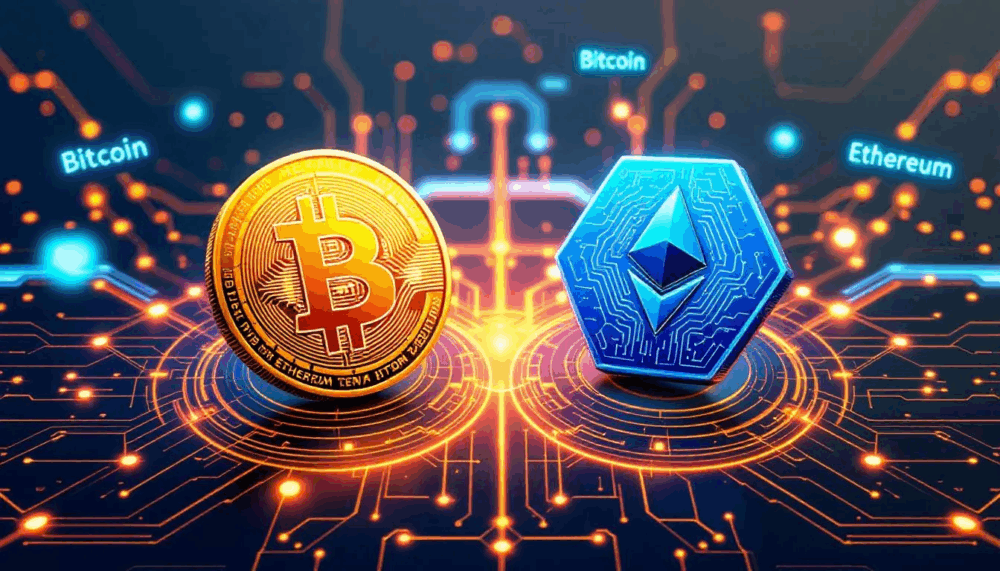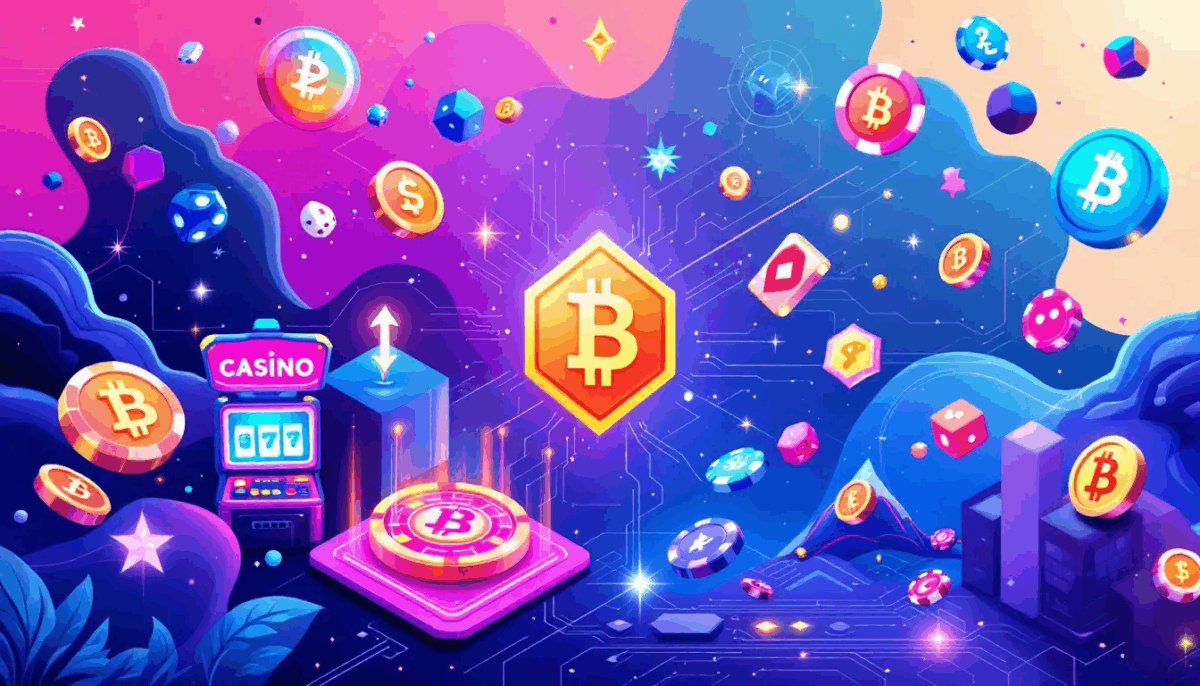Created in 2017 by Anatoly Yakovenko, a former Qualcomm executive, Solana stands out for its speed and efficiency in processing transactions. It has now emerged as a significant player in the cryptocurrency world.
Solana is an open-source blockchain platform governed by the Solana Foundation based in Geneva and developed by San Francisco’s Solana Labs. The blockchain supports the creation of smart contracts and decentralised applications (dApps), catering to a diverse range of decentralised finance platforms and non-fungible token (NFT) marketplaces. This versatility makes Solana a go-to solution for various blockchain applications.
After being introduced during the 2017 initial coin offering (ICO) boom, Solana blockchain’s main network was officially launched in 2020 after multiple phases of testnet releases.
SOL: The native cryptocurrency
At the core of Solana’s ecosystem lies its native digital currency, $SOL. This cryptocurrency plays a pivotal role in the functioning and governance of the Solana network. Since its launch in March 2020, $SOL has rapidly gained prominence in the crypto market, ascending to become one of the top cryptocurrencies by market capitalisation.
In 2021, $SOL witnessed a meteoric rise, soaring almost 12,000%, and at its peak, boasted a market capitalisation exceeding $75 billion. $SOL serves multiple purposes within the Solana ecosystem. Primarily, it is used to transfer value across the network, functioning as a medium of exchange. This utility is crucial in facilitating transactions and interactions within the Solana blockchain, including the execution of smart contracts and the operation of dApps.
Another critical function of $SOL is in securing the Solana network through a process known as staking. Staking involves $SOL holders locking up their tokens to support the network’s operations. In return, they receive rewards, typically in the form of additional $SOL tokens. This staking process is integral to the network’s delegated proof-of-stake (DPoS) consensus mechanism, where staked tokens help validate transactions and maintain the blockchain’s integrity.
Proof-of-History consensus mechanism
One of Solana’s unique features is its proof-of-history (PoH) consensus mechanism. This system employs timestamps to determine the sequence of blocks in the blockchain, a stark contrast to the proof-of-work (PoW) algorithm used by early cryptocurrencies like Bitcoin ($BTC) and Litecoin ($LTC).
PoH works by having a dedicated node, known as the leader, generate a sequence of hashed transactions. Each hash is a unique representation of data and time. The leader node takes the previous transaction’s hash, timestamps it, and then processes it through a cryptographic function to generate a new hash. This process is repeated, creating a continuous chain of hashed transactions, each linked to a specific time. This hashed sequence acts as a cryptographic clock that provides a way to encode the passage of time.
How does Solana work?
Solana works on a combination of proof-of-history and delegated proof-of-stake protocols. This offers a novel solution to the scalability issues faced by Ethereum ($ETH).
DPoS, a variation of the PoS mechanism, allows $SOL tokens to be staked as collateral, ensuring network security and consensus on the blockchain’s next block.
The DPoS element of Solana’s architecture involves validators who are selected by $SOL token holders to maintain the network. These validators are responsible for creating new blocks and validating transactions. Token holders can stake their $SOL as a vote of confidence in a particular validator, contributing to the network’s security and decision-making process.
This combination of PoH and DPoS enables Solana to achieve high throughput and scalability, addressing common blockchain issues like congestion and high transaction fees.
The result is a robust, fast, and user-friendly blockchain platform, capable of supporting a wide range of applications, from decentralised finance to NFT marketplaces, all while maintaining a decentralised and secure environment.
The ‘Ethereum Killer’
Dubbed the ‘Ethereum Killer’, Solana aims to revolutionise blockchain scalability, a feat it achieves by processing a higher number of transactions at substantially lower fees compared to its rivals like Ethereum. While Ethereum expands its capabilities through multiple blockchain layers, Solana’s approach is different. It relies on a single-layer network, maintained by a limited number of robust and swift computers capable of handling vast data volumes. One of the most significant advantages Solana offers over Ethereum is its remarkable transaction speed. Solana’s ability to process approximately 65,000 transactions per second starkly contrasts with Ethereum’s current capacity, which, even after its transition to Ethereum 2.0, is expected to be significantly lower.
Ethereum has also historically struggled with scalability issues, often leading to network congestion and high gas fees, especially during periods of high demand. Although Ethereum 2.0 aims to address these issues, Solana’s single-layer network simplifies the process and enhances performance without sacrificing security or decentralisation. The efficiency and scalability of Solana translate into lower transaction fees as well. This aspect is particularly appealing for developers and users, especially for those engaging in transactions that would be prohibitively expensive on Ethereum due to high gas fees. As a result, the combination of lower fees, high speed, and scalability makes Solana an attractive platform for both users and developers. It opens the door for a broader range of applications, potentially drawing interest away from Ethereum, especially in areas like decentralised finance (DeFi) and NFTs.








